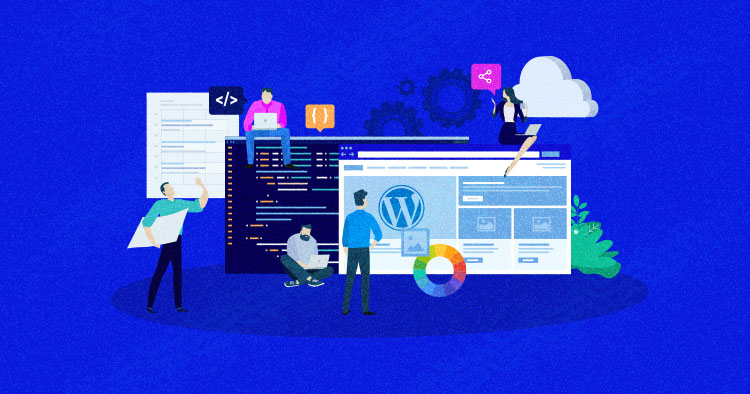
In the realm of modern web development, WordPress has emerged as a dominant force, empowering millions of websites with its user-friendly interface and powerful capabilities. However, behind every visually appealing and functional WordPress website, there’s a skilled developer who plays a pivotal role in turning design into reality. In this article, we’ll explore the multifaceted role of a WordPress developer in the journey from design to full-fledged website functionality.
Bridging the Gap Between Design and Development
A WordPress developer serves as the bridge between design and functionality. While designers focus on aesthetics and user experience, developers bring those designs to life by writing code, implementing dynamic features, and ensuring seamless user interactions.
1. Converting Design to Code
The developer’s journey begins with taking the visual design provided by the designer and translating it into functional code. This involves creating HTML, CSS, and JavaScript components that accurately represent the design across various devices and screen sizes.
2. Choosing the Right Theme or Building One
Developers have the option to choose an existing WordPress theme that aligns with the design’s aesthetics, or they can build a custom theme from scratch. Custom themes offer greater flexibility, enabling developers to tailor every aspect of the website according to the client’s needs.
3. Integrating Plugins and Functionality
WordPress offers a vast library of plugins that extend the platform’s capabilities. Developers identify the required functionality—such as e-commerce, forms, SEO optimization, and social media integration—and select or develop plugins that seamlessly integrate these features into the website.
4. Optimizing Performance
Website performance is a critical factor for user satisfaction and search engine rankings. Developers optimize the website’s performance by implementing techniques like caching, minification of assets, and optimizing images to ensure swift loading times.
5. Responsive Design and Cross-Browser Compatibility
In today’s mobile-driven world, ensuring that websites look and function seamlessly across various devices is paramount. Developers use responsive design principles and perform thorough testing to guarantee compatibility with different browsers and devices.
6. Custom Functionality with Hooks and Filters
Developers leverage WordPress’ hooks and filters to inject custom functionality into the website. Hooks allow them to add or modify code at specific points in WordPress’ execution, while filters enable them to alter data before it’s displayed. This level of customization sets WordPress apart as a dynamic platform.
7. Database Management and Security
A developer handles the back-end of a website, managing the database that stores crucial data. Implementing proper security measures, such as data validation and user authentication, is essential to safeguard the website and user information.
Collaboration and Continuous Improvement
The role of a WordPress developer goes beyond coding; it involves collaboration with designers, content creators, and clients. Continuous communication ensures that the website aligns with the client’s vision while also adhering to best practices and industry standards.
Conclusion
From transforming design mockups into responsive layouts to integrating complex functionalities, a WordPress developer is instrumental in shaping the digital face of businesses and individuals alike. Their expertise ensures that the final website not only mirrors the design but also functions seamlessly across all aspects. In essence, a WordPress developer is an architect of digital experiences, bringing imagination and functionality together in the ever-evolving landscape of web development.

Leave a Reply